Home>Gardening & Outdoor>Landscaping Ideas>How Deep Should Topsoil Be For Grass
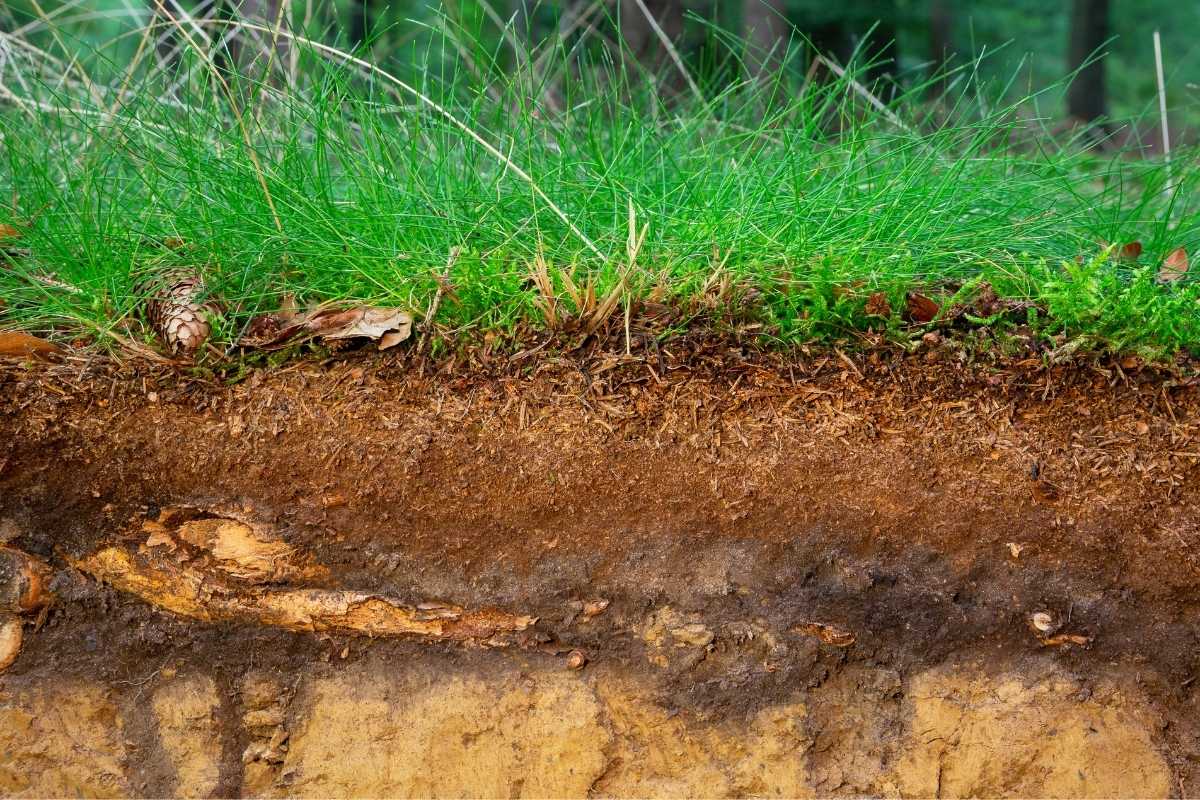

Landscaping Ideas
How Deep Should Topsoil Be For Grass
Modified: August 17, 2024
For lush, healthy grass, learn the ideal depth for topsoil in your landscaping project. Get expert tips and landscaping ideas for a thriving lawn.
(Many of the links in this article redirect to a specific reviewed product. Your purchase of these products through affiliate links helps to generate commission for Storables.com, at no extra cost. Learn more)
Introduction
When it comes to cultivating a lush and healthy lawn, the depth of topsoil plays a crucial role in providing an optimal environment for grass growth. Understanding the significance of topsoil depth and its impact on the vitality of your lawn is essential for any landscaping enthusiast. In this article, we will delve into the importance of topsoil depth for grass, explore the factors that influence it, and learn about recommended methods for measuring and improving topsoil depth to foster a thriving green expanse.
Whether you’re a seasoned gardener or a novice homeowner eager to enhance your outdoor space, the knowledge and insights shared here will empower you to make informed decisions and take actionable steps toward creating a verdant and resilient grassy landscape.
Key Takeaways:
- Grass needs at least 6 to 8 inches of topsoil for strong roots, nutrients, and water retention. Factors like climate and soil type affect the ideal depth.
- You can measure topsoil depth with tools like probes and radar. To improve depth, consider adding compost, raised beds, or professional soil modification.
Read more: How Deep Should Garden Drainage Be
Importance of Topsoil Depth for Grass
The depth of topsoil directly impacts the health, resilience, and overall aesthetic appeal of your lawn. Adequate topsoil depth is vital for supporting the root systems of grass, providing essential nutrients, promoting water retention, and offering a stable medium for growth. Here’s a closer look at the key reasons why topsoil depth is critical for the well-being of grass:
- Root Development: A sufficient depth of topsoil allows grass roots to penetrate and spread, anchoring the plants securely and enabling efficient nutrient absorption. This, in turn, contributes to the overall strength and longevity of the grass.
- Nutrient Availability: Deep topsoil provides a reservoir for essential nutrients, including nitrogen, phosphorus, and potassium, which are vital for healthy grass growth. A greater depth of topsoil allows for better nutrient retention and accessibility for the roots.
- Water Retention: Adequate topsoil depth facilitates the retention of moisture, reducing the risk of drought stress and minimizing the frequency of irrigation. This is particularly beneficial during dry spells or in regions with erratic precipitation patterns.
- Temperature Regulation: A deeper layer of topsoil helps regulate soil temperature, protecting the roots from extreme heat or cold. This stability supports consistent growth and minimizes the risk of temperature-related damage.
- Soil Structure and Aeration: A healthy topsoil depth promotes good soil structure, allowing for proper aeration and drainage. This is essential for preventing waterlogging, compaction, and the development of anaerobic conditions that can impede root health.
By recognizing the importance of topsoil depth for grass, you can prioritize the maintenance and enhancement of this foundational layer, ultimately fostering a robust and vibrant lawn that thrives in its environment.
Factors Affecting Topsoil Depth
The depth of topsoil can be influenced by a variety of natural and human-related factors, each of which plays a role in determining the quality and composition of the soil layer that supports grass growth. Understanding these factors is essential for assessing and managing topsoil depth effectively. Here are the primary influences on topsoil depth:
- Geological Composition: The geological characteristics of a region, including the presence of bedrock, sedimentary deposits, or erosional features, can significantly impact the depth of topsoil. Areas with rocky substrates may have shallower topsoil, while regions with deep sedimentary layers may offer a more substantial topsoil depth.
- Natural Erosion and Deposition: Erosion caused by wind, water, or geological processes can gradually reduce topsoil depth in certain areas, leading to uneven soil profiles. Conversely, natural deposition of organic matter or sediment can contribute to the accumulation of topsoil in other locations.
- Landform and Slope: The topography of the land influences the distribution of topsoil. Steep slopes and areas prone to water runoff may experience topsoil erosion, resulting in shallower soil depths, while flat or gently sloping terrain may support deeper topsoil accumulation.
- Human Activity and Land Use: Agricultural practices, construction activities, and landscaping interventions can alter topsoil depth. Overgrazing, improper tilling, and excessive soil compaction can diminish topsoil depth, while thoughtful land management and soil conservation efforts can help maintain or enhance it.
- Climate and Weather Patterns: Climate factors, such as precipitation levels, temperature fluctuations, and freeze-thaw cycles, can impact topsoil depth over time. Regions with high rainfall may experience more rapid erosion, potentially leading to reduced topsoil depth, while arid environments may see slower topsoil accumulation.
By recognizing and evaluating these factors, landowners and landscape enthusiasts can gain valuable insights into the dynamics of topsoil depth and implement strategies to mitigate potential challenges or leverage natural advantages to maintain an optimal soil profile for healthy grass growth.
Recommended Topsoil Depth for Grass
While the ideal topsoil depth for grass can vary depending on specific grass species, climate conditions, and local soil characteristics, a general guideline for optimal grass growth typically suggests a topsoil depth of 6 to 8 inches. This depth provides a suitable environment for most common turfgrass varieties to establish strong root systems and access essential nutrients and moisture. However, certain factors may necessitate adjustments to this standard recommendation:
- Grass Species: Different grass species have varying root structures and growth requirements. For example, cool-season grasses like Kentucky bluegrass and fescue may benefit from deeper topsoil, while warm-season grasses such as Bermuda grass and zoysia can thrive with slightly shallower soil profiles.
- Climate and Water Availability: Regions with arid or semi-arid climates may require deeper topsoil to enhance water retention and support grass resilience during dry periods. Conversely, areas with ample rainfall or irrigation may accommodate slightly shallower topsoil depths.
- Soil Composition: Soil types with different textures, structures, and organic matter content can influence the ideal topsoil depth. Sandy soils may necessitate deeper topsoil to enhance nutrient retention, while loamy or clay-rich soils may offer sufficient support for grass growth with slightly shallower topsoil depths.
- Landscape Usage and Maintenance: High-traffic areas, such as sports fields or recreational lawns, may benefit from deeper topsoil to withstand wear and tear, while ornamental lawns or less frequently used spaces may thrive with standard topsoil depths.
It’s important to consider these factors when determining the appropriate topsoil depth for your specific lawn and landscape context. Consulting with local horticultural experts or soil professionals can provide valuable insights tailored to your geographical region and unique requirements, ensuring that your grass receives the optimal foundation for healthy and vigorous growth.
Aim for 4-6 inches of topsoil for grass to establish strong roots and support healthy growth. This depth allows for proper water retention and nutrient absorption.
Methods to Measure Topsoil Depth
Accurately assessing the depth of topsoil is essential for understanding the existing soil profile and making informed decisions regarding lawn care and soil management. Several methods can be employed to measure topsoil depth, each offering unique insights into the soil structure and composition. Here are some effective techniques for measuring topsoil depth:
- Probe or Soil Auger: Using a soil probe or auger, carefully insert the tool into the ground at multiple locations across the lawn. By gently pushing the probe or auger downward, you can identify the point at which it encounters the transition from topsoil to subsoil, providing a direct measurement of the topsoil depth.
- Shovel Excavation: Digging small test pits with a shovel allows for visual inspection of the soil layers. By carefully excavating a section of the lawn, you can observe the distinct layers of topsoil, subsoil, and potentially any underlying geological features, providing a qualitative assessment of topsoil depth.
- Ground-Penetrating Radar (GPR): Advanced techniques such as GPR can offer non-invasive and highly detailed subsurface imaging, including topsoil depth, soil layer thickness, and potential anomalies or variations in soil composition. GPR is particularly useful for larger-scale assessments and comprehensive soil mapping.
- Professional Soil Testing: Engaging a soil testing service or local agricultural extension office can provide comprehensive soil analysis, including topsoil depth measurements and detailed insights into soil fertility, pH levels, and nutrient content. Professional soil testing offers scientifically validated data for informed decision-making.
By utilizing these methods, homeowners, landscapers, and turf managers can gain a comprehensive understanding of topsoil depth and make informed choices regarding soil amendments, grass species selection, and targeted lawn care practices. Regular monitoring and assessment of topsoil depth are essential for maintaining a healthy and resilient lawn over the long term.
Read more: What Topsoil For Grass Seed
Improving Topsoil Depth for Grass
Enhancing topsoil depth is a strategic endeavor that can significantly improve the growing conditions for grass, fostering stronger root development, better nutrient retention, and overall lawn resilience. While altering natural soil profiles requires careful consideration and planning, several effective approaches can be employed to improve topsoil depth for grass cultivation:
- Topdressing with Compost or Organic Matter: Applying a layer of high-quality compost or organic matter over the existing topsoil can gradually increase soil depth and enrich the soil with essential nutrients. Regular topdressing promotes microbial activity, enhances soil structure, and contributes to the accumulation of organic-rich topsoil.
- Amending with Soil Mixtures: Incorporating specialized soil mixtures or topsoil blends can effectively supplement shallow or depleted topsoil areas, providing an immediate boost to soil depth and improving the overall soil composition. This approach is particularly beneficial for spot treatments and localized soil enhancement.
- Integrating Raised Beds or Mounded Planting Areas: Creating raised beds or mounded planting areas allows for the establishment of deeper topsoil layers within designated planting zones. This method is ideal for ornamental gardens, vegetable patches, or specific landscaping features where customized soil depth is desired.
- Implementing Soil Conservation Practices: Preventing erosion, minimizing soil compaction, and promoting sustainable land management practices can help maintain existing topsoil depth and prevent further degradation. Strategies such as contour plowing, cover cropping, and erosion control measures contribute to long-term soil preservation.
- Professional Soil Modification: Engaging professional soil experts or landscape contractors with expertise in soil modification and enhancement can provide tailored solutions for improving topsoil depth. Soil professionals can assess site-specific conditions and implement targeted interventions to optimize soil depth and quality.
It’s important to note that improving topsoil depth should be approached with careful consideration of local regulations, environmental impact, and long-term soil health. Balancing the enhancement of topsoil depth with sustainable soil management practices ensures that the benefits of deeper topsoil are maximized while preserving the ecological integrity of the landscape.
Conclusion
As we conclude our exploration of topsoil depth and its significance for grass cultivation, it’s evident that the depth of topsoil plays a pivotal role in shaping the health and vitality of lawns and green spaces. By recognizing the multifaceted impact of topsoil depth on root development, nutrient availability, water retention, and soil structure, homeowners, landscapers, and turf managers can make informed decisions to optimize topsoil depth for sustained grass growth.
Understanding the factors that influence topsoil depth, including geological composition, natural processes, human activities, and climatic conditions, empowers individuals to assess and manage soil profiles effectively. By considering the recommended topsoil depth for grass, tailored to specific grass species, regional climates, and soil types, enthusiasts can create an optimal environment for lush and resilient lawns.
Measuring topsoil depth through various techniques, from manual probing to advanced soil imaging, provides valuable insights into the existing soil profile, enabling informed decisions regarding soil amendments, grass selection, and targeted lawn care practices. Regular monitoring and assessment of topsoil depth are essential for maintaining a healthy and sustainable lawn ecosystem.
For those seeking to improve topsoil depth, strategic approaches such as topdressing with organic matter, soil mix amendments, raised beds, and professional soil modifications offer effective means to enhance soil depth and quality. Balancing these interventions with soil conservation practices ensures that the benefits of deeper topsoil are maximized while preserving the long-term health of the landscape.
By embracing the knowledge and techniques shared in this article, individuals can cultivate thriving lawns that stand as testaments to the harmonious interplay between topsoil depth, grass health, and sustainable landscape management. With a deeper understanding of topsoil’s role in nurturing vibrant green spaces, enthusiasts are empowered to create and maintain landscapes that flourish and inspire.
Frequently Asked Questions about How Deep Should Topsoil Be For Grass
Was this page helpful?
At Storables.com, we guarantee accurate and reliable information. Our content, validated by Expert Board Contributors, is crafted following stringent Editorial Policies. We're committed to providing you with well-researched, expert-backed insights for all your informational needs.

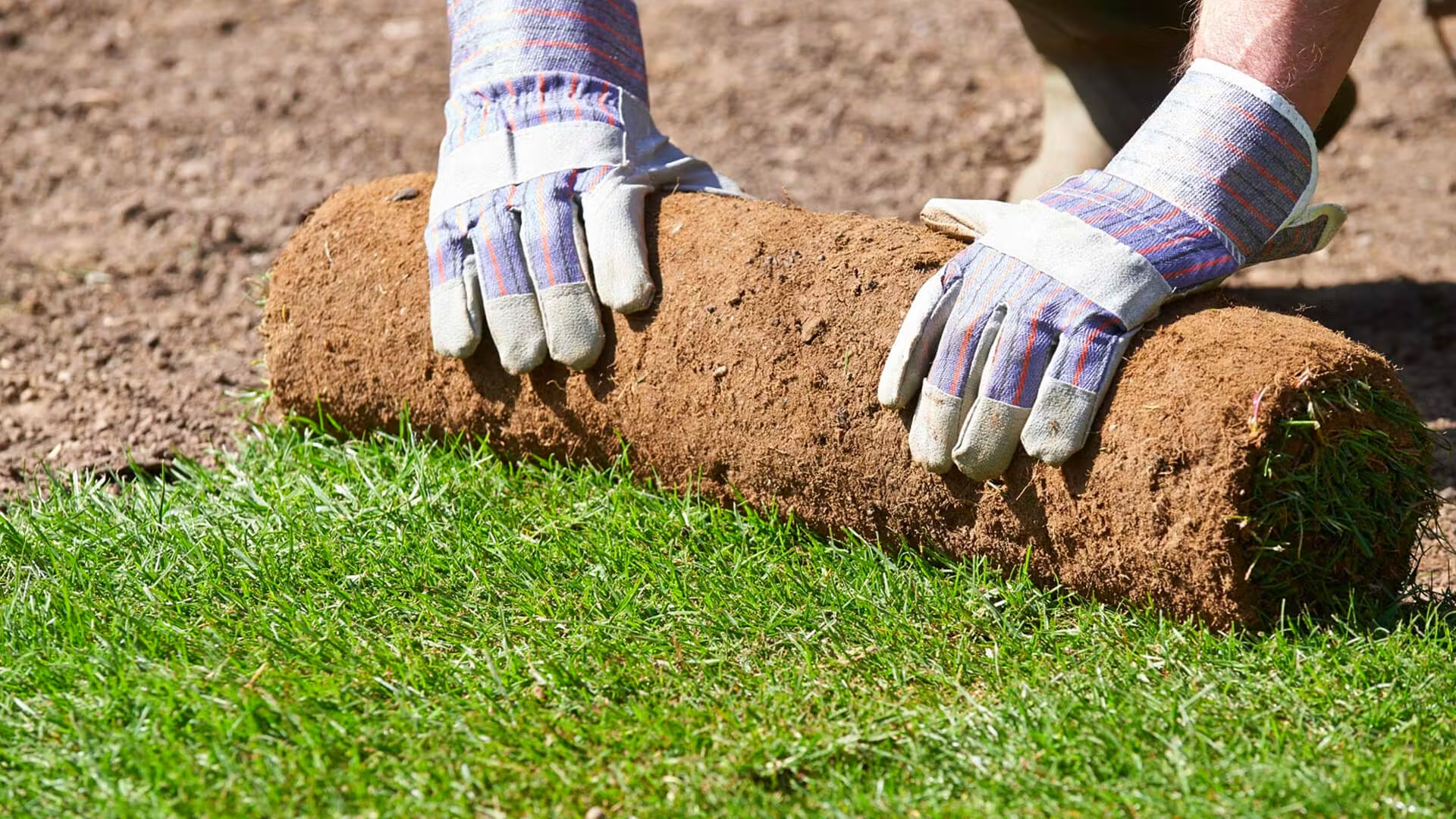


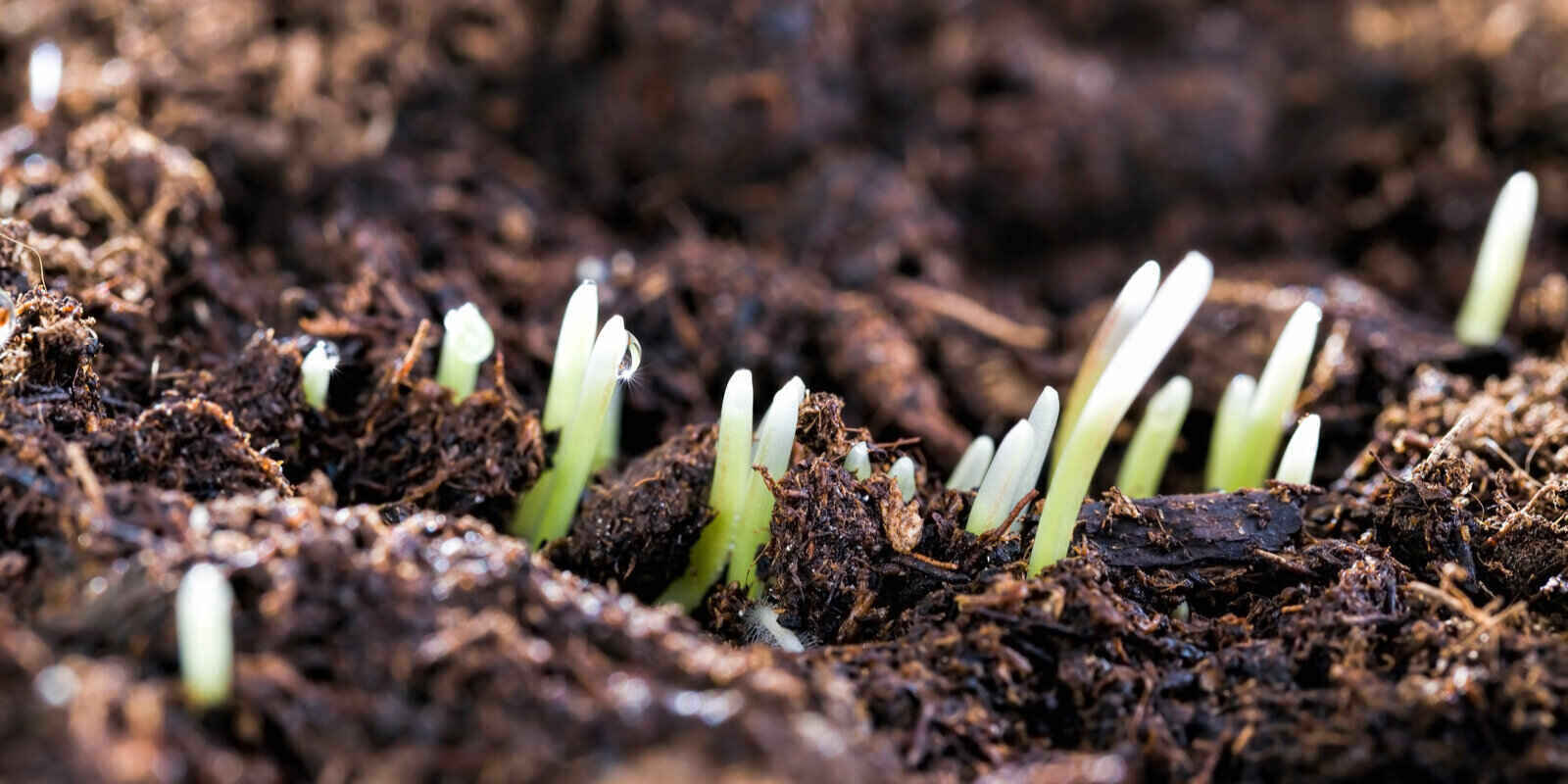
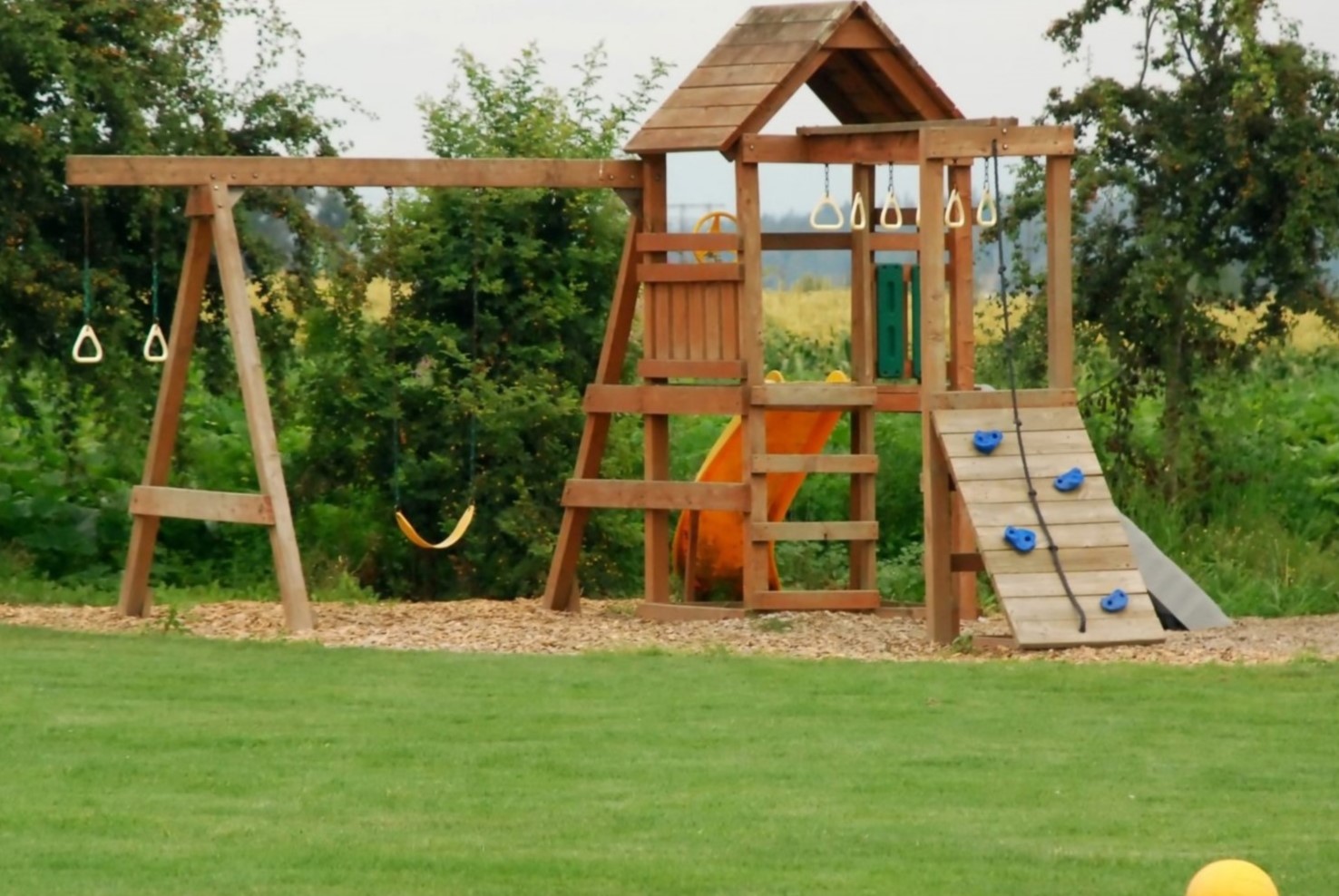
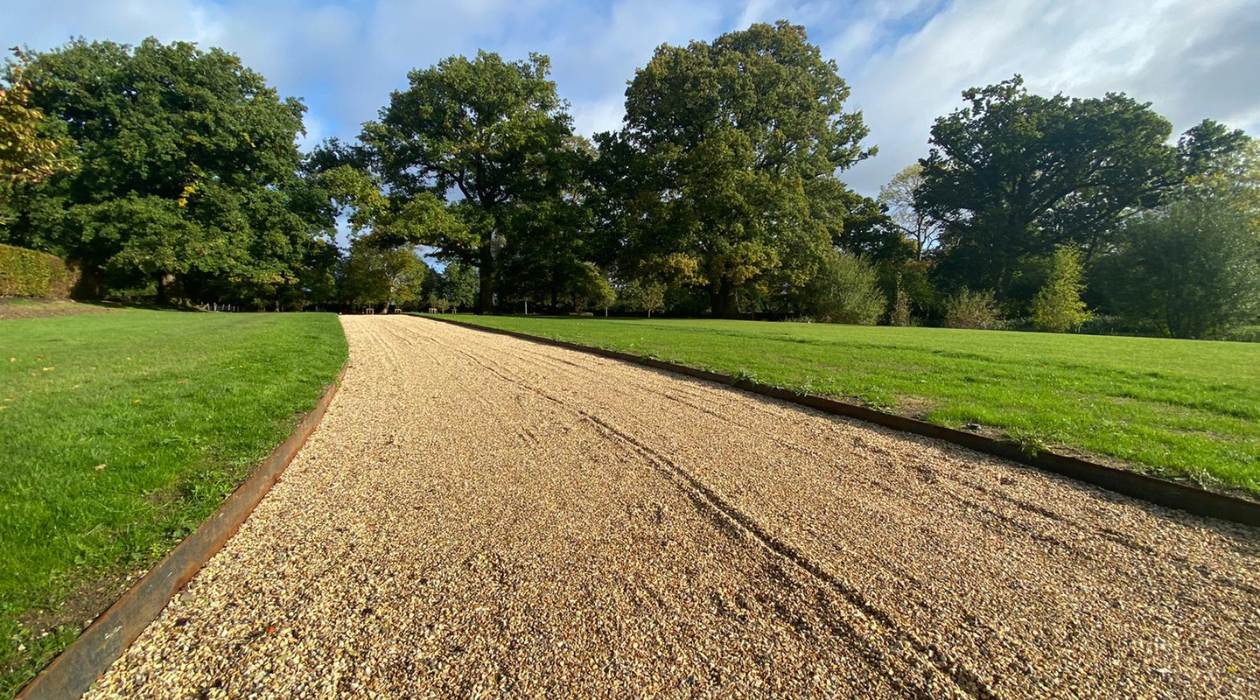


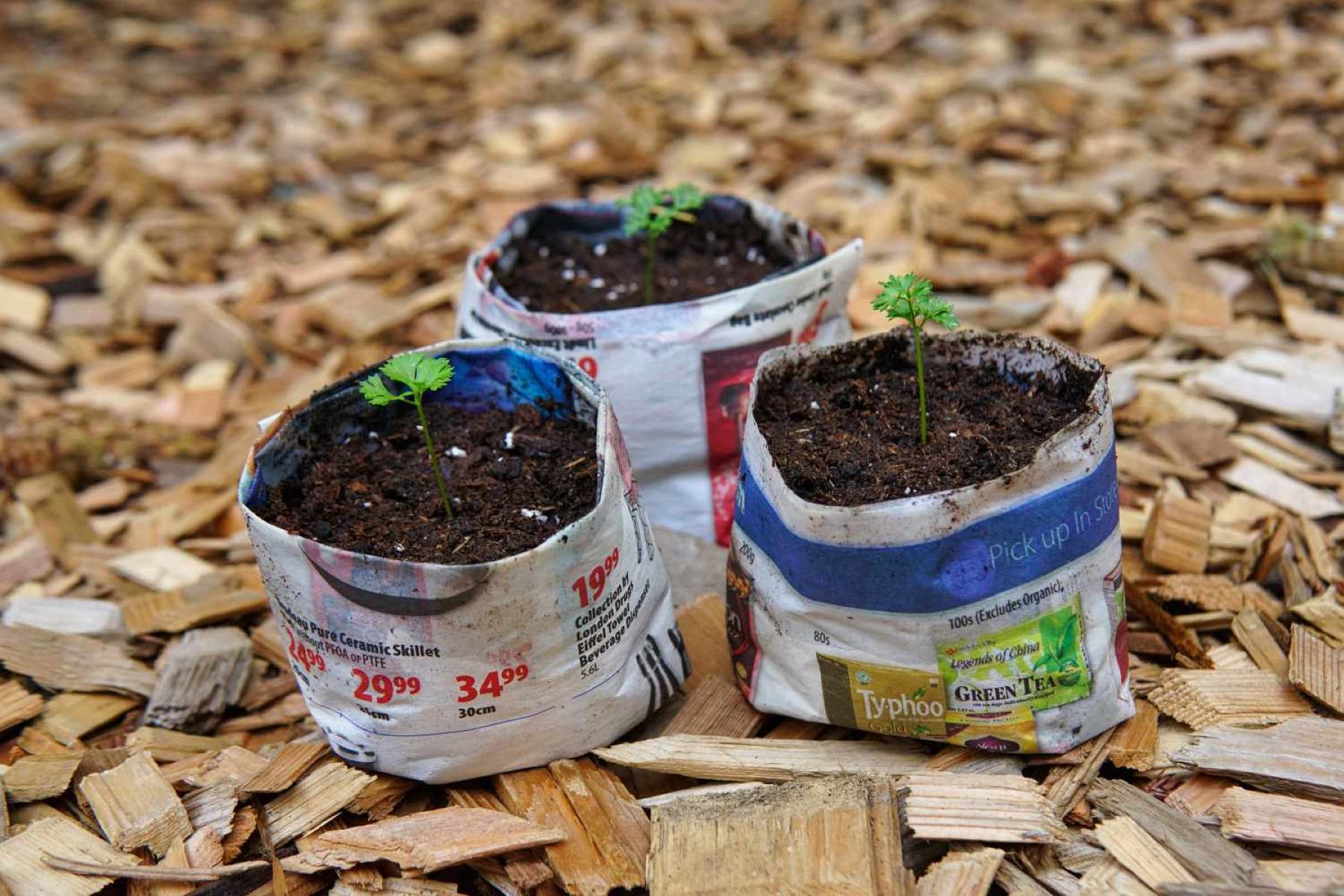
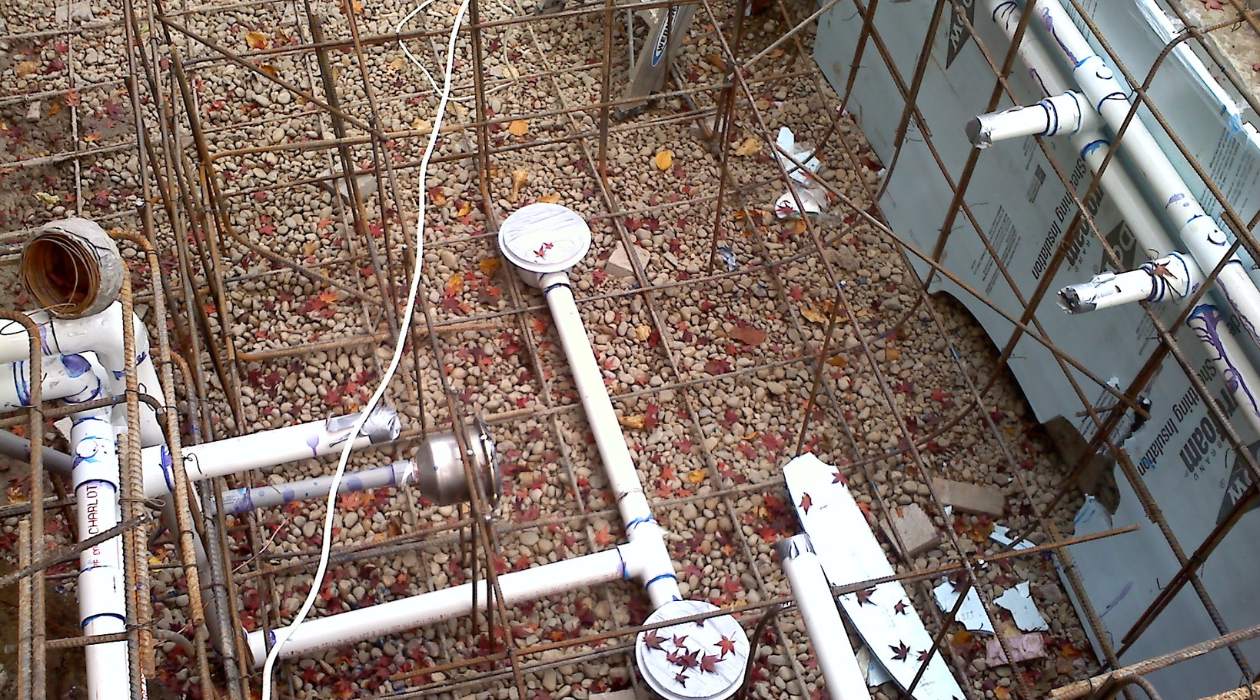
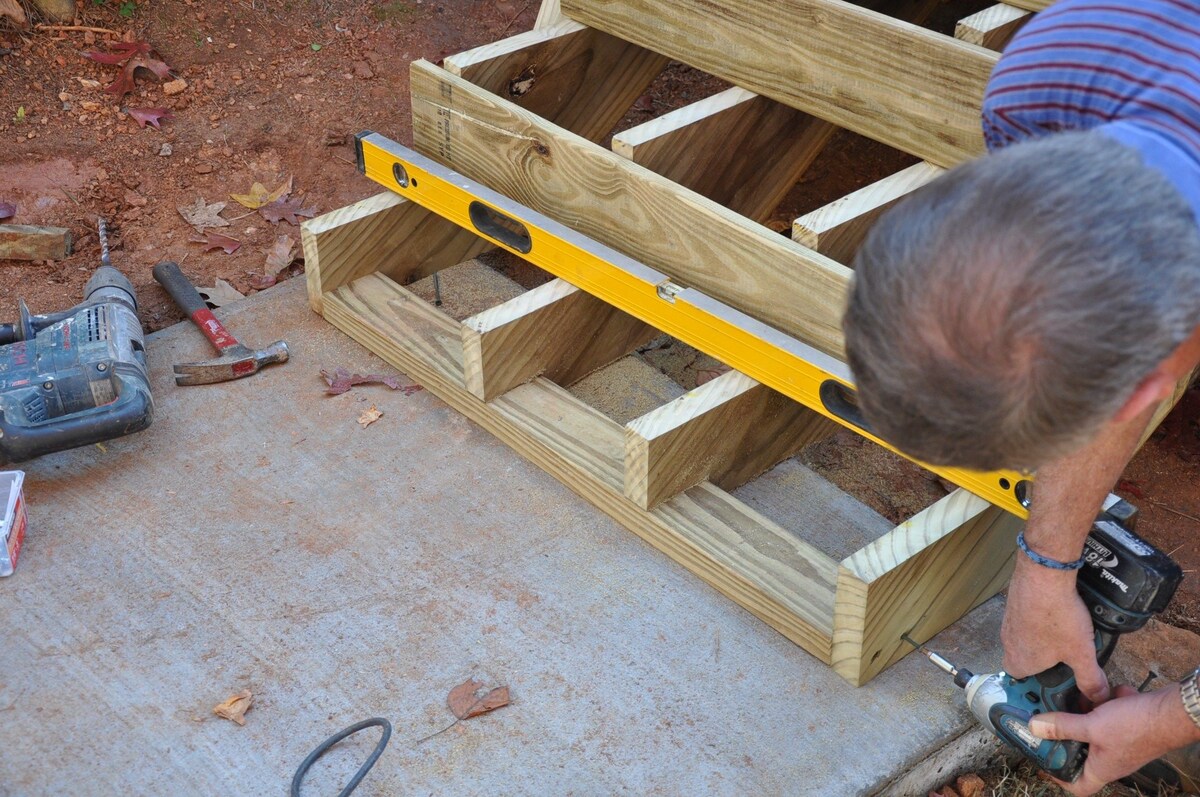

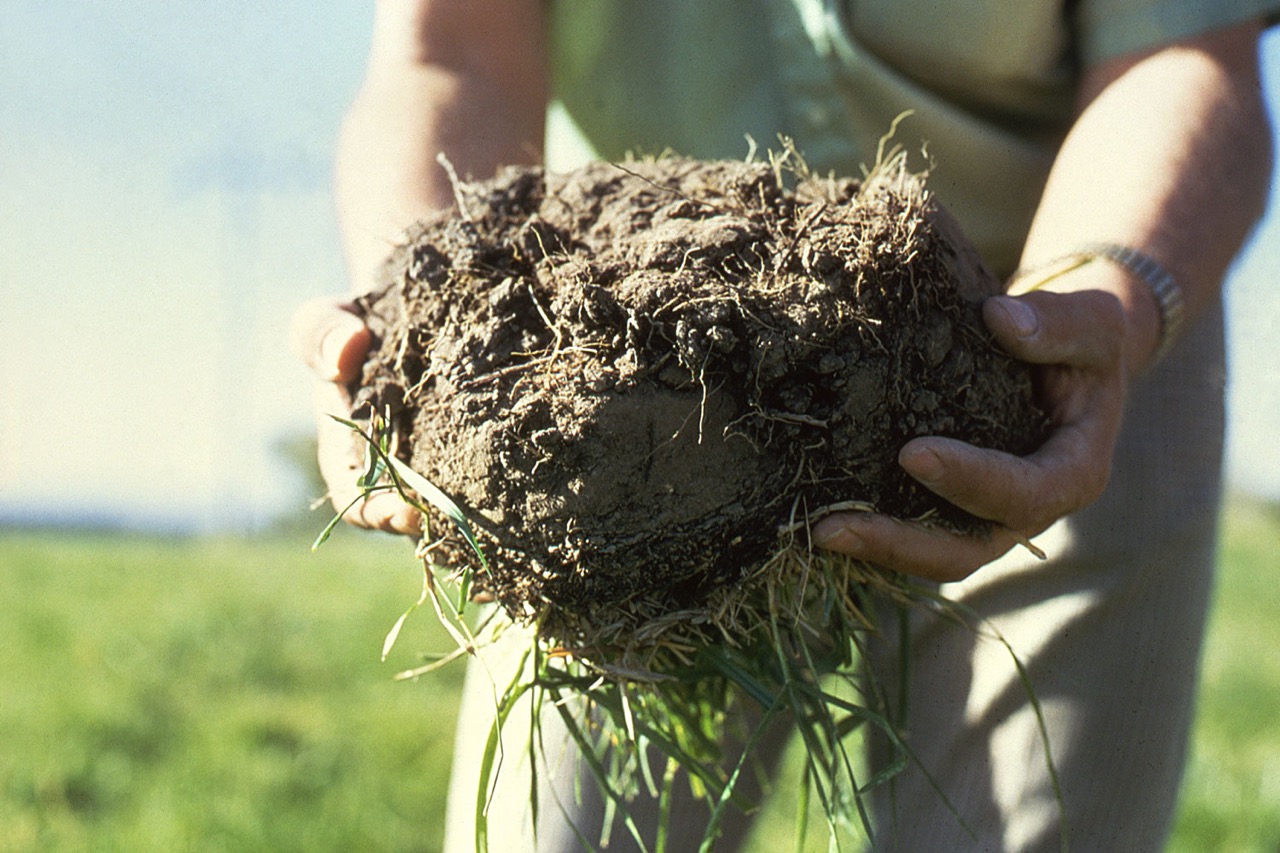

0 thoughts on “How Deep Should Topsoil Be For Grass”